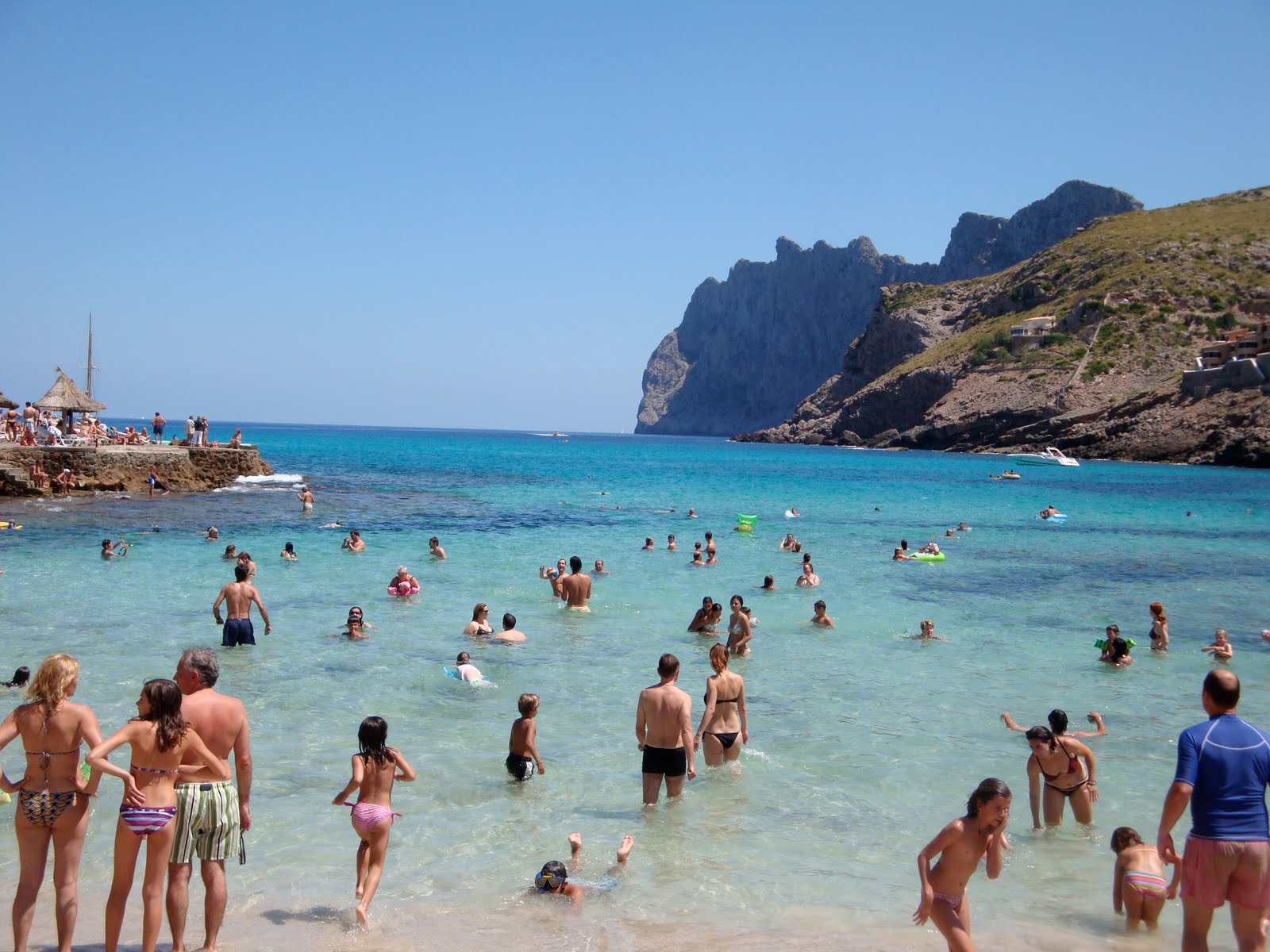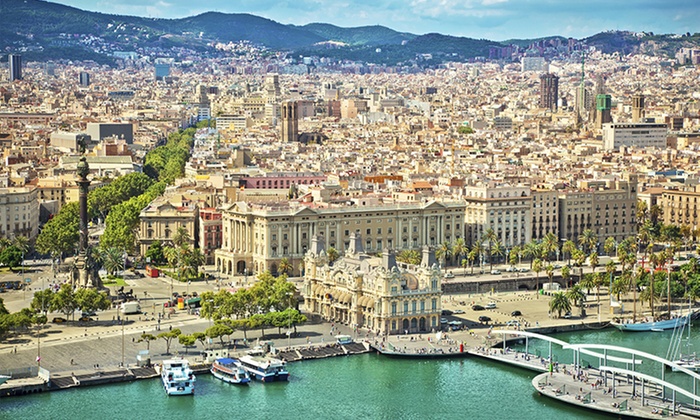
There are many things to see in Spain, here are a few of them … Antoni Gaudi took the architectural style known as Art Nouveau a step farther, even, some have argued, into absurdity. The fanciful and outrageous buildings he created in Barcelona have become landmarks, the signature attractions of this Catalan city. Foremost is The Sagrada Família church, officially the Temple Expiatori de la Sagrada Família or the Holy Family Church of the Atonement. One of Europe’s most unconventional churches, it is also unfinished, so as you look down from its tower you can see the work in progress below.
You may search in vain for absolute straight lines in Gaudi’s Casa Milà, his last and most famous secular work; it resembles a piece of sculpture more than a functional building. Be sure to ascend to its roof – the chimneys are said to have inspired the image of Darth Vader from Star Wars. Parc Güell overlooks the city from a hillside, the views and gardens framed by fantastical creatures – salamanders, fish, an octopus – and designs in bright ceramic-chard mosaics. A fanciful towered house near the entrance is largely covered in colored ceramics. Unlike most buildings, Gaudi’s appeal even to children and to adults who don’t care a thing about architecture, for one simple reason – they are just plain fun to look at.
Looking for a vacation rental in Spain ? You can check Spanish vacation homes.
Seville Cathedral and Alcázar
It is the largest gothic church in the world, and has been an Unesco World Heritage Site since 1987, along with Seville’s Alcázar palace, originally built by the city’s Moorish kings. The Alcázar is renowned as one of the best examples of mudéjar architecture in Spain and is still used today by the royal family as their Seville base, making it the oldest royal palace still in use in Europe.
Valencia City of Arts and Sciences
A dried-out river bed in Valencia was given a new lease of life by Spanish architect Santiago Calatrava when he built the City of Arts and Sciences, a cultural and entertainment complex comprising a series of domed glass buildings housing a planetarium, science museum and an open-air aquarium that is the largest in Europe.
The Pyrenees
Separating Spain from the rest of Europe, the mighty Pyrenees stretch nearly 500 kilometres (311 miles) from the Bay of Biscay to the Mediterranean Sea. A great place for hiking and other sporting activities, they are one of Spain’s most beautiful natural wonders.
Salamanca’s Plaza Mayor
One of Spain’s most beautiful squares, Salamanca’s Plaza Mayor is, like many other buildings in the city, constructed from sandstone. It is a good example of the city’s baroque architecture and is a popular meeting place, lined with cafes and restaurants.
Ibiza! This pine-clad, sun-kissed island is the most visited place for the merrymakers. The dazzling backdrop of clubs and restaurants and scintillating coastline with blue water makes Ibiza one of the truly captivating tourist attractions in Spain. For some private moments, secluded beaches on the island are perfect!
Famous for: Beach clubs
Key attractions: Sunset scooter tour, clubbing, and sun-and-sand parties
Another recommendation we have for Spanish vacation homes.
Santiago De Compostela Cathedral’s breathtaking architecture, from the Roman era, offers an overwhelming pilgrim experience to the visitors. One of the top places to visit in Spain, St James Cathedral is known for its impressive facade and triple doorway. The Apostle’s wooden figure crafted inside the building is the focal point of the cathedral’s interior.
Famous for: St James relics
Key attractions: Triple doorway, wooden figure of Apostle from 13th century, 18th century facade, and the adorned Capilla Mayor
Madrid to do things:
The main tourist and shopping artery in the centre of the capital starts at C/Alcalá and runs 1.3 kilometres to its end at Plaza de España. Throughout its more than 100 years of history, Gran Vía has had various names depending on the incumbent government. During the Spanish Civil War it was popularly referred to as the Avenue of Mortars because of the shells that ended up on the pavements and buildings. It was in 1981 during the Spanish Transition when they changed and stayed with the name Gran Vía. The street housed the first department stores in the city, and for decades it has become a hub for the best entertainment in the city, thanks to its many cinemas, theatres, hotels and shops.
